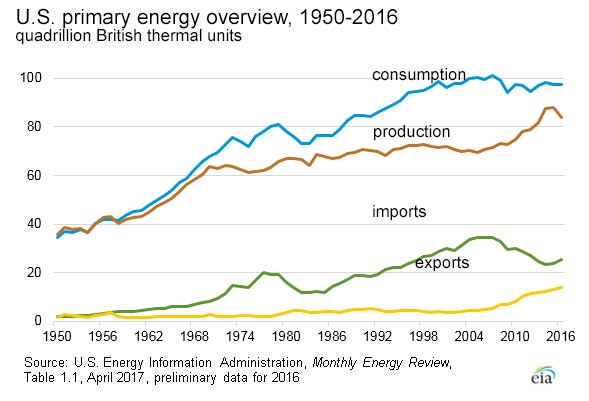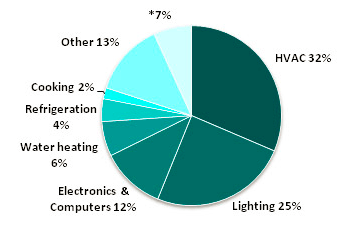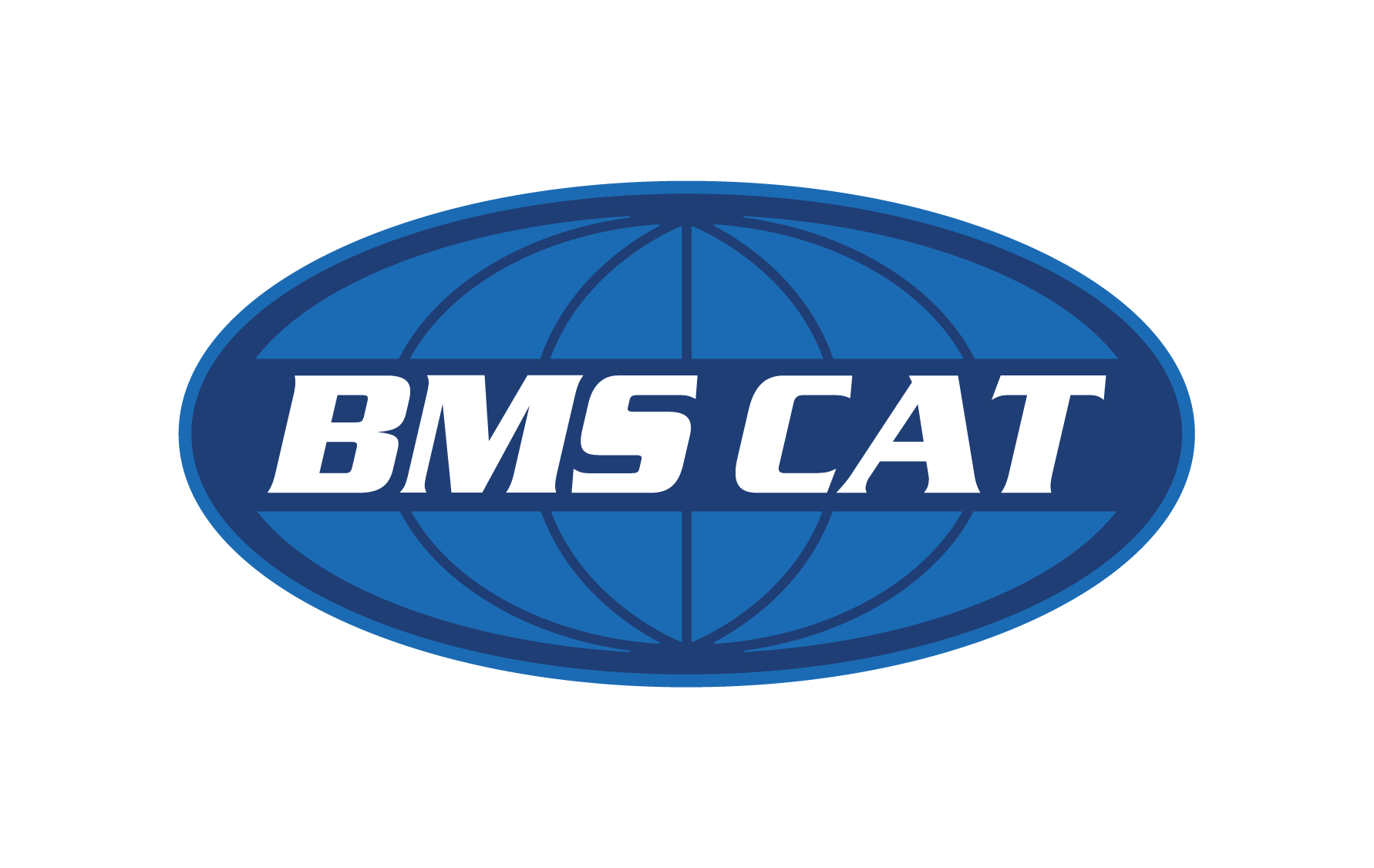
Increasing Energy Consumption in the United States
 To understand why reducing duct leakage, and therefore energy consumption, is important we need start by looking into our past. This graph provides a historical overview of the U.S. energy consumption, production, import and export over the last 60 years. As you can see, our consumption has almost tripled since the 1950’s. You will also notice our production has not kept pace and therefore we began importing energy in larger quantities.
To understand why reducing duct leakage, and therefore energy consumption, is important we need start by looking into our past. This graph provides a historical overview of the U.S. energy consumption, production, import and export over the last 60 years. As you can see, our consumption has almost tripled since the 1950’s. You will also notice our production has not kept pace and therefore we began importing energy in larger quantities.
The tripling of energy consumption is not a surprise – due to the population increase over the last 60 years (151 million in 1950 up to 324 million in 2016), as well as technology developments (i.e. TV’s, central heat and air).
Interesting Fact:
Back in 1950 there were about 6 million TV’s in the United States.
By 1960 that number jumped to 60 million TV’s.
According to the Nielson Company, as in the company that produces the Nielson Ratings, in 2009 there were an average of 2.83 televisions per household with an average of 2.5 people per household. Therefore, that means that there are more TV’s than people in the United States. You can start to understand why our energy consumption has gone up so much.
HVAC Energy Consumption in Commercial Buildings
 Of course, a by-product of producing energy is greenhouse gases, and these greenhouse gases affect our planet. For a number of years, many countries have focused on reducing our plant’s greenhouse gases. If you break energy consumption into three basic groups – buildings, transportation and industry – buildings use 49% of the total energy consumed. This pie chart shows the typical spread of energy use in a commercial building.
Of course, a by-product of producing energy is greenhouse gases, and these greenhouse gases affect our planet. For a number of years, many countries have focused on reducing our plant’s greenhouse gases. If you break energy consumption into three basic groups – buildings, transportation and industry – buildings use 49% of the total energy consumed. This pie chart shows the typical spread of energy use in a commercial building.
Notice that this chart shows that HVAC systems make up the largest piece of this pie. Building owners must upgrade their equipment to substantially higher efficiency units to reduce energy consumption and costs. However, what about the ductwork? If we upgrade the equipment without addressing the leaking ductwork, then we are simply more efficiently losing energy. At the end of the day, business owners spend money to make work environments more comfortable for their employees. By not having an efficient HVAC system, building owners will waste money and potential profits.
Can Decreasing Duct Leakage Save You Money?
Duct leakage equals less efficiency. Leaking ductwork means your equipment runs longer, you get a shorter life span with that equipment and shorter intervals between maintenance. The exact cost to an owner is a difficult number to pin down because of the different variables associated with buildings and how occupants use them. How much money could you save by decreasing duct leakage? On a medium sized commercial facility, the savings can be in the hundreds of thousands of dollars.
 Take a moment and visit www.ductsense.com. Duct Sense is an energy savings calculator provided by Carlisle HVAC Products that you can use to project the potential energy savings on your building by sealing your ductwork. To simplify it down to something we can all easily understand duct leakage equals more money spent. However, decreasing duct leakage can mean enormous savings in the end for building owners and managers.
Take a moment and visit www.ductsense.com. Duct Sense is an energy savings calculator provided by Carlisle HVAC Products that you can use to project the potential energy savings on your building by sealing your ductwork. To simplify it down to something we can all easily understand duct leakage equals more money spent. However, decreasing duct leakage can mean enormous savings in the end for building owners and managers.
